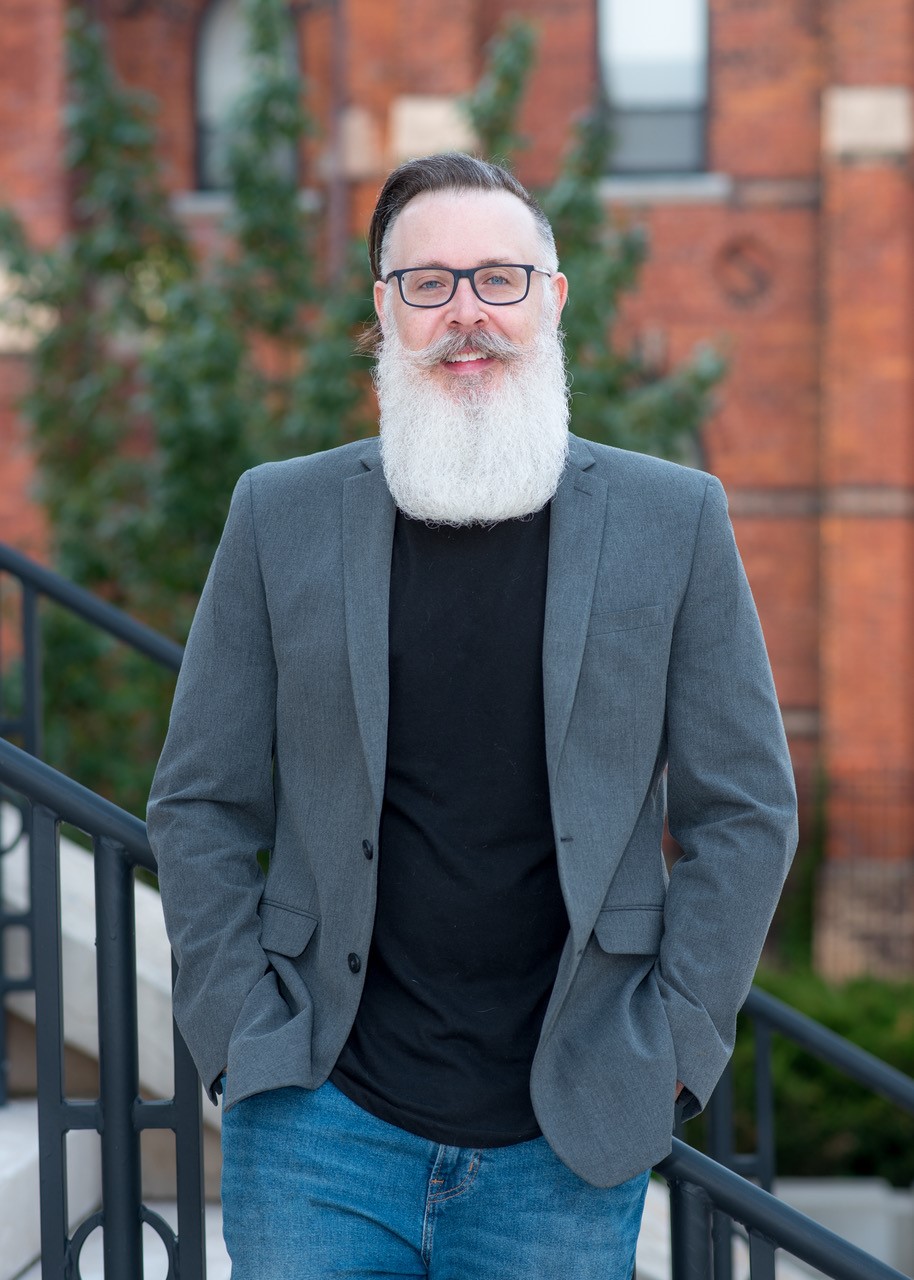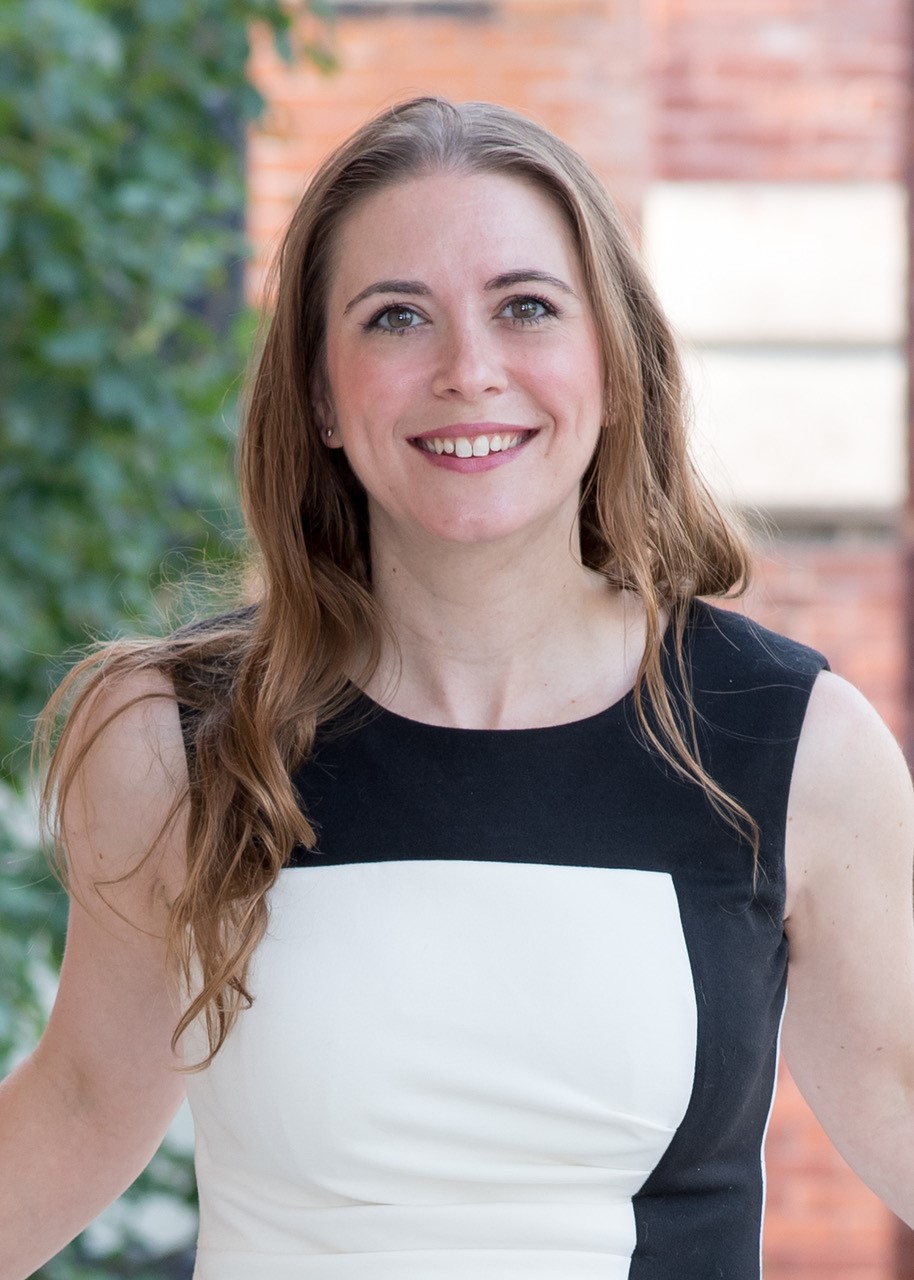
By
Christopher J. Schneider and Stacey Hannem
November 2022
Print Version
What you need to know
Sexual misconduct is unique from all other descriptors of sexual harm because it covers a much broader symbolic terrain than its counterparts (e.g., sexual harassment or sexual assault). Sexual misconduct is an ambiguous concept that lacks a universally agreed-upon definition and legal parameters, yet it serves as an umbrella term for a range of potentially harmful behaviours. The lack of a legal definition is what gives the language of sexual misconduct and social movements like #MeToo the power to drive change, as they create a discursive space for people who have experienced sexual harm to define the impact of those experiences on their own terms.
Why this research is important
This book is about sexual misconduct and media. One argument of our book is that social understandings of sexual misconduct have developed primarily through mass media, whereas sexual harassment emerged as a construct principally through workplace policy and law, and sexual assault was defined through criminal law. Unlike sexual harassment or sexual assault, behaviours defined as sexual misconduct range widely, from consensual encounters (as when co-workers engage in affairs that are prohibited by employer policies) to inappropriate sexual advances and criminal assault. Expanded use of sexual misconduct signals the social and cultural recognition of a range of potentially problematic behaviours that may not meet the legal standard of sexual assault or harassment.
The language of sexual misconduct is powerful because it removes the recognition of sexual harms from the legal binary, where behaviour that is not illegal must therefore be tolerated. Sexual misconduct does not have to be illegal to be harmful and for perpetrators to be held accountable for that harm. The recognition of sexual misconduct expands opportunities for survivors of sexual harm to be supported and to demand accountability even in situations that the law does not govern. Using case studies that will be familiar to readers (e.g., Bill Cosby, Jian Ghomeshi, Donald J. Trump, Harvey Weinstein), this book offers insights into how media have represented and responded to accusations of sexual misconduct and helped to shape our collective understandings of this persistent social problem.
How this research was conducted
This book is the culmination of three years of research and hundreds of hours of conversations between us about the dynamics of sexual misconduct. We used qualitative media analysis as our method. The aim of this method is to draw theoretical inferences from documents. We collected, read, and analysed thousands of news reports spanning nearly four decades, and a sample of 7,300 tweets over the one-year period immediately following the emergence of #MeToo. These data sets are not intended as statistically representative samples nor an exhaustive representation of sexual misconduct in media. However, our analyses of these data allow us to understand how the discourse of sexual misconduct has evolved.
What the researchers found
The first chapter of the book traces the development of the discourse of sexual misconduct since the 1980s. Increased discussion of sexual misconduct across North America led to the coverage of three key events which are the focus of subsequent chapters: the 2016 U.S. presidential election, the 2017 allegations against Harvey Weinstein, and the #MeToo movement. Our findings reveal that coverage of sexual misconduct in the context of the 2016 election allowed dozens of women to publicly narrate their own stories, paving the path for #MeToo. Our findings help explain how the politicization of sexual misconduct allows some accused perpetrators, like Donald Trump, to avoid accountability, while others, such as Harvey Weinstein, experience serious consequences.
How this research can be used
The goal of our book is to show how media have played a central role in the cultural recognition of sexual misconduct and on how individuals define and understand social situations. The concluding chapter of the book outlines several useful paths and initiatives regarding the pursuit of justice in response to sexual misconduct.
About the Researchers
Keywords
- media
- sexual misconduct
Publications Based on the Research
Hannem, S., & Schneider, C. J. (2022). Defining sexual misconduct: Power, media and #MeToo. University of Regina Press.
Hannem, S., & Schneider, C. J. (2022, May 20). “The term ‘sexual misconduct’ is ambiguous. That’s also why it is powerful.” Globe and Mail.
Editor: Christiane Ramsey
Read more BU Research
Research at Brandon University follows comprehensive policies designed to safeguard ethics, to ensure academic integrity, to protect human and animal welfare and to prevent conflicts of interest.


